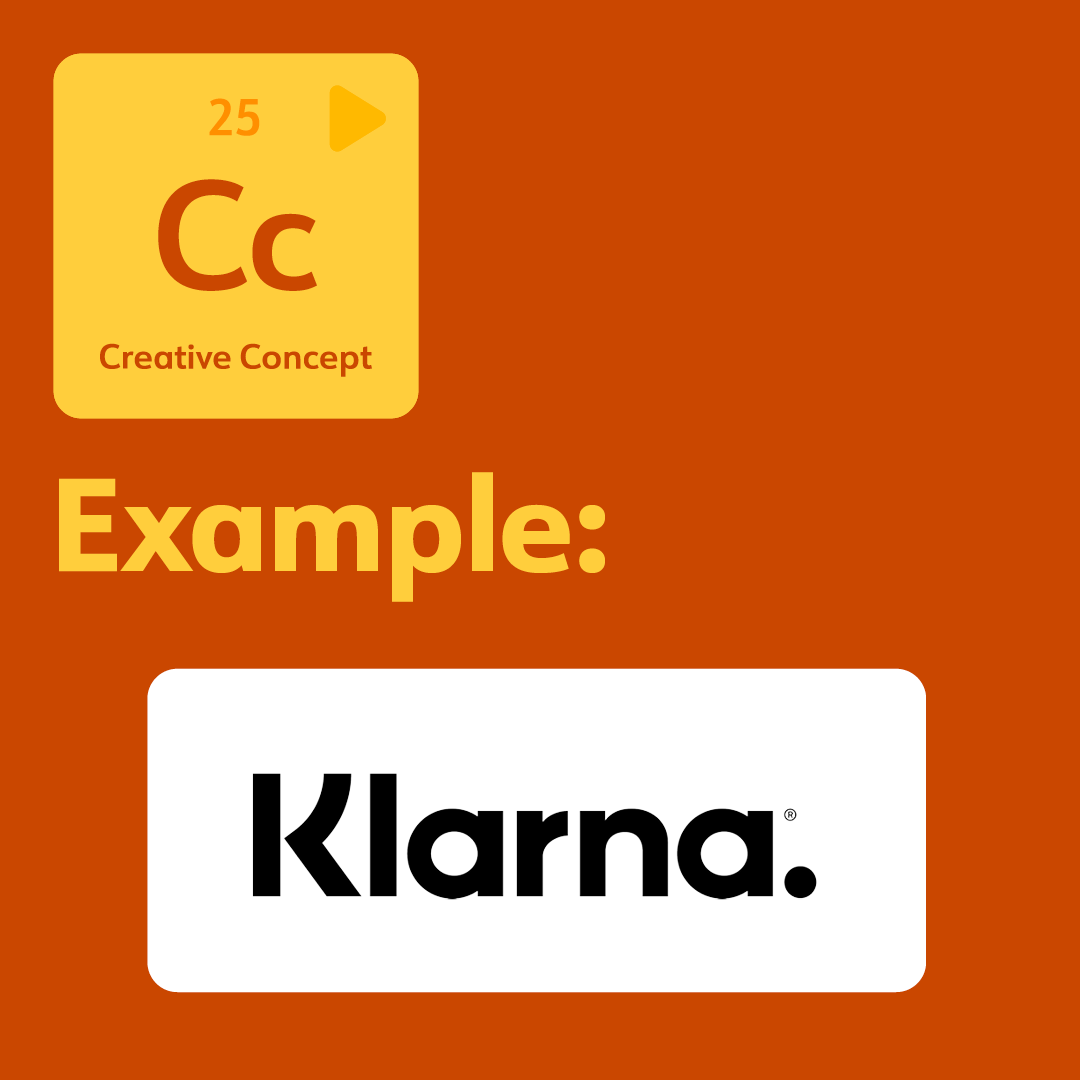
Back in 2004, many people were increasingly dissatisfied with how they looked and felt about their bodies. One of of these triggers was the beauty industry itself and the standards they set for beauty. Dove saw this growing gap between what the market was delivering and what people wanted from beauty products. In answer to this, Dove chose certain target audiences and launched their “Real Beauty Campaign” which was based on what women really looked like, and it was this that was real beauty. Not models and stereotypes that create unhealthy demands which were, and still are, the most common images for beauty products.
Dove used social media for customers to share and be proud of their bodies and encourage social support. The campaign was centered around their customers to make them feel happy with their bodies and share their stories, NOT SELL more products directly. But there were more audiences here as well. Dove wanted to create positive brand associations by taking a stance against the unhealthy beauty industry. Apart from their customers, parents to teenage daughters felt support from the brand. Dove made a clear statement as well to the rest of the beauty industry that the world is changing, and brands have a responsibility. It puts Dove at the forefront of discussion of body image and discrimination. The Real Beauty campaign is one of the most successful marketing campaigns from the early 2000’s and is still being used by Dove today. Read more about Dove here.
Can you also reach out to multiple audiences?



